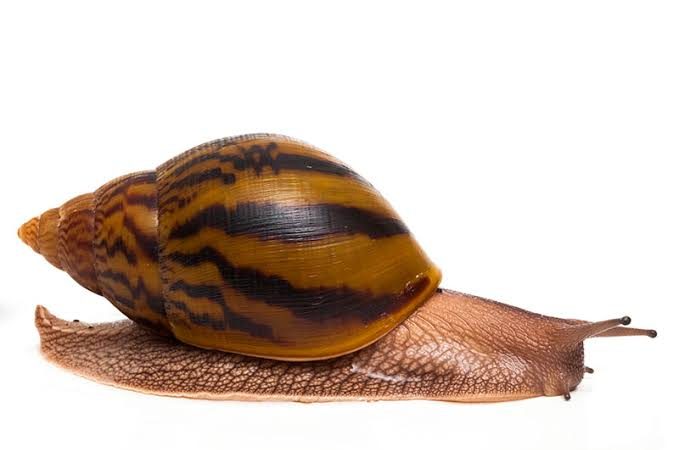
How to Start a Snail Farm in Nigeria
Are you thinking of beginning a snail farm? You should since the snail farming business is a goldmine for a constant source of money. However, far too many of us have yet to realize how profitable this slow-moving creature may be to its farmer.
Snail farming is profitable only if you have necessary knowledge. But guess what? After reading this post, you should have a good understanding of how to establish a snail farming business.
How to Start a Snail Farm in Nigeria and Make Money From It
The six fundamental steps to starting a lucrative snail farming business in Nigeria are outlined below.
Step 1 – Select a species of snail to farm
You must use one species of snail when constructing a snail farm. Snail species such as Achatina achatina have been shown to be the best for warm climatic places such as Africa.
Step 2 – Prepare your farmland to house the snail.
Your snail cage must provide adequate space for your snails to freely graze. Overcrowding your snailery impedes snail development and should be avoided. Overcrowding increases the likelihood of disease outbreaks, therefore snail housing should be well-spaced.

Snails are adept at eluding capture, therefore you should make every effort to build escape-proof homes. With a soil depth of 10 inches and trees surrounding it, you can utilize a pen house that is spacious and accessible.
Step 3: Go out and get some snails.
You’ll need snails if you want to build a snail farm. After constructing adequate homes and farmland for the snails, it is time to purchase some fresh, high-quality snails from a market. It is always preferable to be able to inspect the snails before purchasing them to ensure that they are healthy.
When starting your snail farm, you’ll want to purchase healthy, fully grown snails that will lay eggs and help populate your farm. Examine the snail’s shell. If they have a lip, they are a fully matured snail.
Step 4 – Snail feeding and care.
Snails are vegetarians and can be given a variety of foods including cabbage, cucumber, mango, banana, eggplant, pear, tomato, and paw-paw, cassava, okra leaves, and lettuce. Snails, on the other hand, can be fed pineapple, banana, or paw paw.
Mating and egg laying are essential components of snail farming. Mating season is often in the spring and summer. Snails, as hermaphrodites, can fertilize each other as soon as they reach a certain age. To ensure that egg laying goes easily, use high-quality soil with the appropriate temperature and humidity.
Step 5 – Snail harvesting and selling
It is not economical to harvest your snails before they reach maturity; they must be mature before being harvested. Do not harvest all of the matured snails at once in order to sell them on the market. It is critical to preserve a few for breeding and as basic stock for your snail farm.
Snail is in high demand and has a high market price. The snails are easily sold in the local market. The consumption of snail meat is increasing rapidly all over the world. As a result, exporting to the worldwide market might increase your earnings.
Also Read: The Secrets To A Successful Boutique Business In Nigeria Only Few Know
Step 6- Understand the pests and illnesses that have an impact on snail production.
Pests that eat snails include mice, rats, frogs, crows and domesticated birds like ducks and turkeys, as well as lizards, snakes, millipedes, and centipedes.
The only snail diseases that have been recognized are fungi and bacteria.
Snails slurping slime from one other’s bodies disseminate this through physical touch.To minimize illness spread in your snail farm, some sanitary precautions can be implemented.




